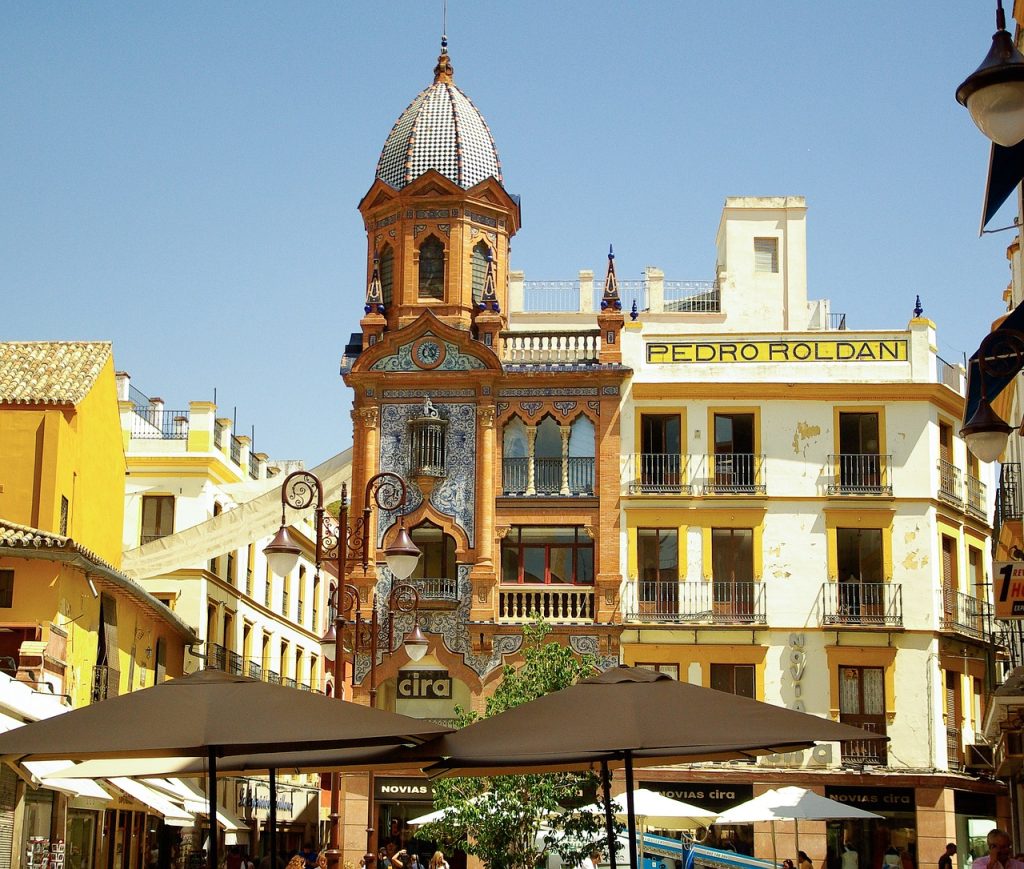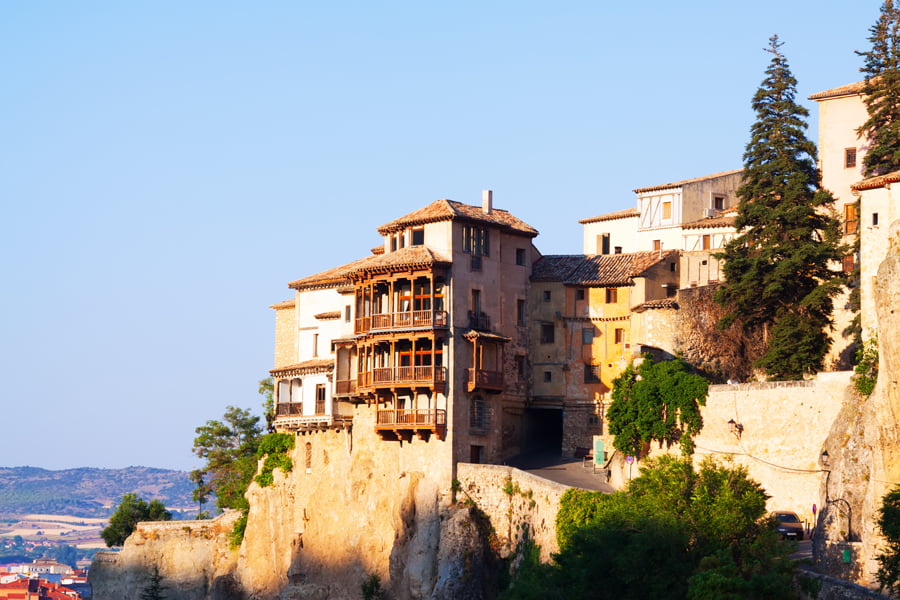Japan, a land where ancient tradition meets modern innovation, offers a unique and diverse travel experience. From ancient temples and tranquil gardens to bustling cities full of advanced technology, Japan has something for everyone. If you're planning a trip to this fascinating country, here's a comprehensive guide on what to visit in Japan so you don't miss anything important - get ready to discover the wonders of Japan!
1. Tokyo
The Metropolis That Never Sleeps
Tokyo, the capital of Japan, is a vibrant and dynamic city that offers an impressive mix of modernity and tradition. With its futuristic skyscrapers, ancient temples and unrivalled nightlife, Tokyo is a city not to be missed.
What to see
- ShibuyaFamous for the Shibuya crossing, one of the busiest in the world, and the statue of Hachiko, the loyal dog.
- Senso-ji TempleThe oldest temple in Tokyo, located in Asakusa, surrounded by traditional shops and markets.
- Tokyo Tower and Tokyo SkytreeTwo iconic skyscrapers offering panoramic views of the city.
Practical Advice
- TransportUse the Tokyo Metro, one of the most efficient transport systems in the world.
- GastronomyDon't miss the opportunity to try fresh sushi at Tsukiji market and ramen at its many speciality restaurants.
Kyoto
The Cultural Heart of Japan
Kyoto, the former imperial capital, is the cultural epicentre of Japan. Known for its temples, Zen gardens and traditional teahouses, Kyoto offers an in-depth look at Japanese history and culture.
What to see
- Kinkaku-ji TempleThe Golden Pavilion: Also known as the Golden Pavilion, it is one of the most famous temples in Japan.
- Fushimi Inari TaishaFamous for its thousands of red torii that form winding paths in the hills.
- Arashiyama Bamboo ForestA peaceful and picturesque bamboo forest that offers an escape from the city.
Practical Advice
- Visiting SeasonThe spring, when the cherry blossoms are in bloom, and autumn, when the leaves change colour, are the best times to visit Kyoto.
- TransportUse the bus and metro to get around the city, and consider renting a bike to explore quieter areas.
3. Hiroshima
A City of Peace and Resilience
Hiroshima, sadly known as the site of the first nuclear attack, has re-emerged as a symbol of peace and hope. It is a city that combines poignant history with vibrant modern life.
What to see
- Peace Memorial ParkA place of reflection with the Peace Museum, the Atomic Bomb Dome and numerous memorials.
- Miyajima IslandFamous for its Itsukushima shrine and its floating torii, one of Japan's most photographed sights.
- Hiroshima CastleA reconstruction of the original castle, offering panoramic views and historical exhibits.
Practical Advice
- GastronomyTry okonomiyaki, a kind of Japanese omelette, which is a local speciality of Hiroshima.
- Transport: Use the tram to get around the city easily.
4. Osaka
Japanese Cuisine
Osaka is known as the "kitchen of the nation" for its incredible food scene. It is a vibrant city with an infectious energy and many exciting attractions.
What to see
- DotonboriOsaka's most famous district, known for its neon lights, restaurants and shops.
- Osaka Castle: An impressive castle surrounded by beautiful gardens, ideal for strolling.
- Osaka Kaiyukan AquariumOne of the largest aquariums in the world, with an incredible variety of marine life.
Practical Advice
- FoodDon't miss takoyaki (octopus balls) and kushikatsu (fried skewers), two of Osaka's specialities.
- Transport: Use the metro system to get around the city quickly.
5. Nara
The Old Capital
Nara, Japan's first permanent capital, is known for its historic temples and its park full of deer, which are considered messengers of the gods.
What to see
- Todai-jiHome of the Big Buddha, one of the largest bronze statues in the world, housed in a majestic wooden temple.
- Nara ParkA vast park where deer roam freely and you can interact with them.
- Kasuga Taisha ShrineAn ancient sanctuary known for its thousands of stone and bronze lanterns.
Practical Advice
- ClothingWear comfortable shoes, as you will be doing a lot of walking in the temples and the park.
- Feeding: Buy deer biscuits (shika senbei) to feed the deer in the park.
6. Hakone
Relaxation and Nature
Hakone, located near Mount Fuji, is known for its onsen (hot springs) and stunning natural scenery.
What to see
- Lake AshiSail across the lake in a pirate ship and enjoy the view of Mount Fuji on a clear day.
- Owakudani ValleyAn active volcanic area with trails, hot springs and black eggs cooked in sulphurous water.
- Hakone Open Air MuseumAn open-air art museum with sculptures and contemporary works of art.
Practical Advice
- OnsenEnjoy a soak in one of the many onsen in the region, a relaxing and revitalising experience.
- TransportHakone Free Pass: Use the Hakone Free Pass to easily get around all the attractions in Hakone.
7. Nikko
World Heritage
Nikko is famous for its shrines and temples, which are inscribed on the UNESCO World Heritage List. It is a perfect destination for history and nature lovers.
What to see
- Toshogu ShrineAn opulent shrine dedicated to Tokugawa Ieyasu, the founder of the Tokugawa shogunate.
- Nikko National Park: An impressive natural area with waterfalls, lakes and mountain trails.
- Shinkyo BridgeA beautiful red bridge that is one of the most photographed places in Nikko.
Practical Advice
- ClimateNikko can be cold in winter, so dress in layers.
- AccessNikko is easily accessible by train from Tokyo, making it ideal for a day or weekend trip.
8. Hokkaido
Nature and Adventure
Hokkaido, Japan's northernmost island, is known for its wild landscapes, ski resorts and fresh cuisine.
What to see
- SapporoFamous for its snow festival and beer. Visit the Sapporo Beer Museum and Odori Park.
- Daisetsuzan National ParkJapan's largest national park, perfect for hiking and wildlife watching.
- Furano and BieiKnown for its lavender flower fields and picturesque agricultural landscapes.
Practical Advice
- ActivitiesHokkaido is ideal for skiing in winter and hiking in summer.
- GastronomyTry fresh seafood and ramen from Hokkaido.
9. Okinawa
Tropical Paradise
Okinawa, a group of islands in southern Japan, offers white sandy beaches, crystal clear waters and a distinct culture influenced by its past as the Ryukyu Kingdom.
What to see
- Shuri Castle: A restored castle that was the centre of the Ryukyu Kingdom.
- Kerama IslandsFamous for its impressive coral reefs and excellent snorkelling and diving.
- Okinawa Churaumi AquariumOne of the largest aquariums in the world, with a great variety of marine life.
Practical Advice
– TransportConsider renting a car to explore Okinawa at your own pace.
ClimateOkinawa has a subtropical climate, so bring light clothing and sunscreen.
10. Kamakura
Temples and Beaches
Kamakura, an ancient capital of Japan, is famous for its numerous temples and shrines, as well as its beautiful beaches.
What to see
- Great Buddha (Daibutsu)An impressive bronze statue of the Amida Buddha standing more than 13 metres high.
- Hase-dera TempleA temple known for its statue of Kannon and its flowery gardens.
- Tsurugaoka Hachimangu ShrineThe most important shrine in Kamakura, dedicated to the god of war Hachiman.
Practical Advice
- AccessKamakura is easily accessible by train from Tokyo, making it ideal for a day trip.
- ExplorationWear comfortable shoes to explore the temples and trails of the city.
Conclusion
Japan is a country that offers an incredible variety of experiences for all types of travellers. From the bustling streets of Tokyo to the tranquil temples of Kyoto, the tropical beaches of Okinawa to the snow-capped mountains of Hokkaido, there is something for everyone in this fascinating nation. If you're planning a trip to Japan, be sure to include these destinations in your itinerary to make the most of your adventure in the Land of the Rising Sun. Bon voyage and enjoy Japan!



